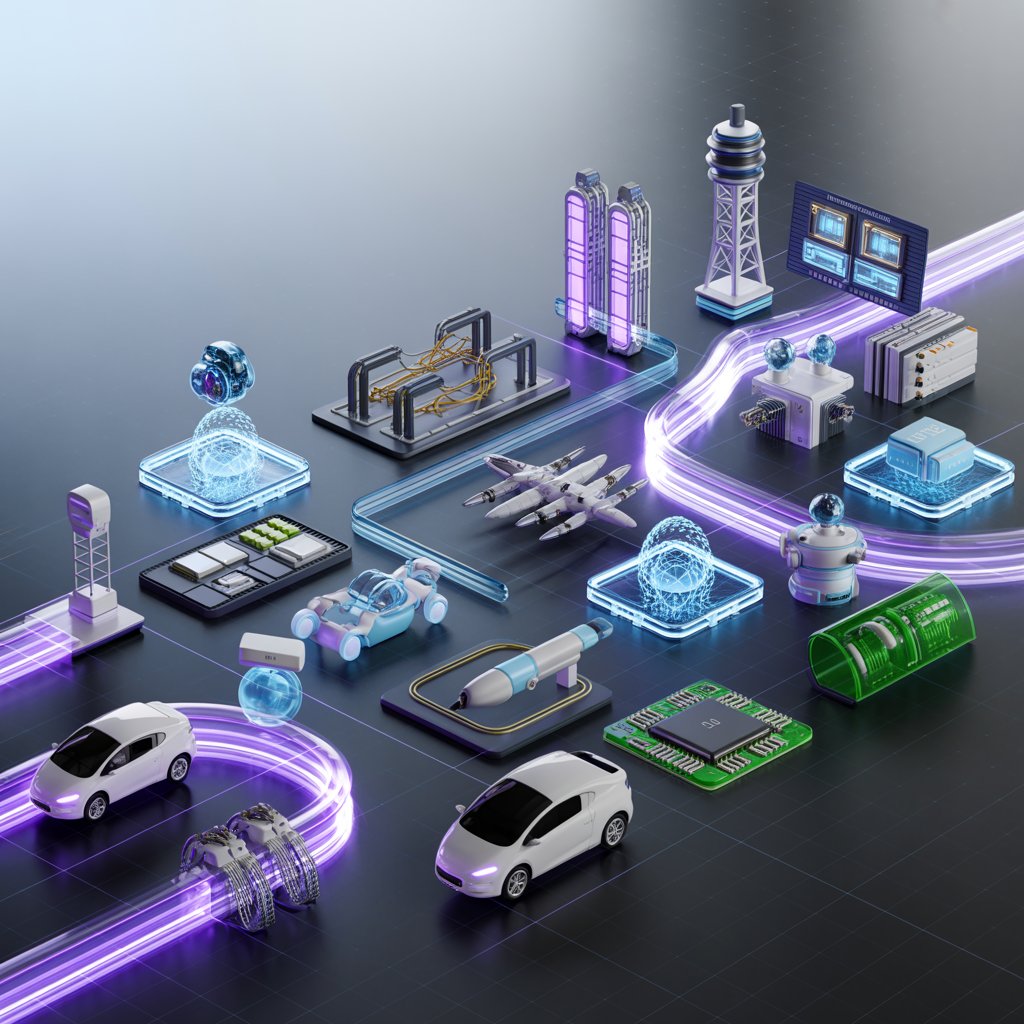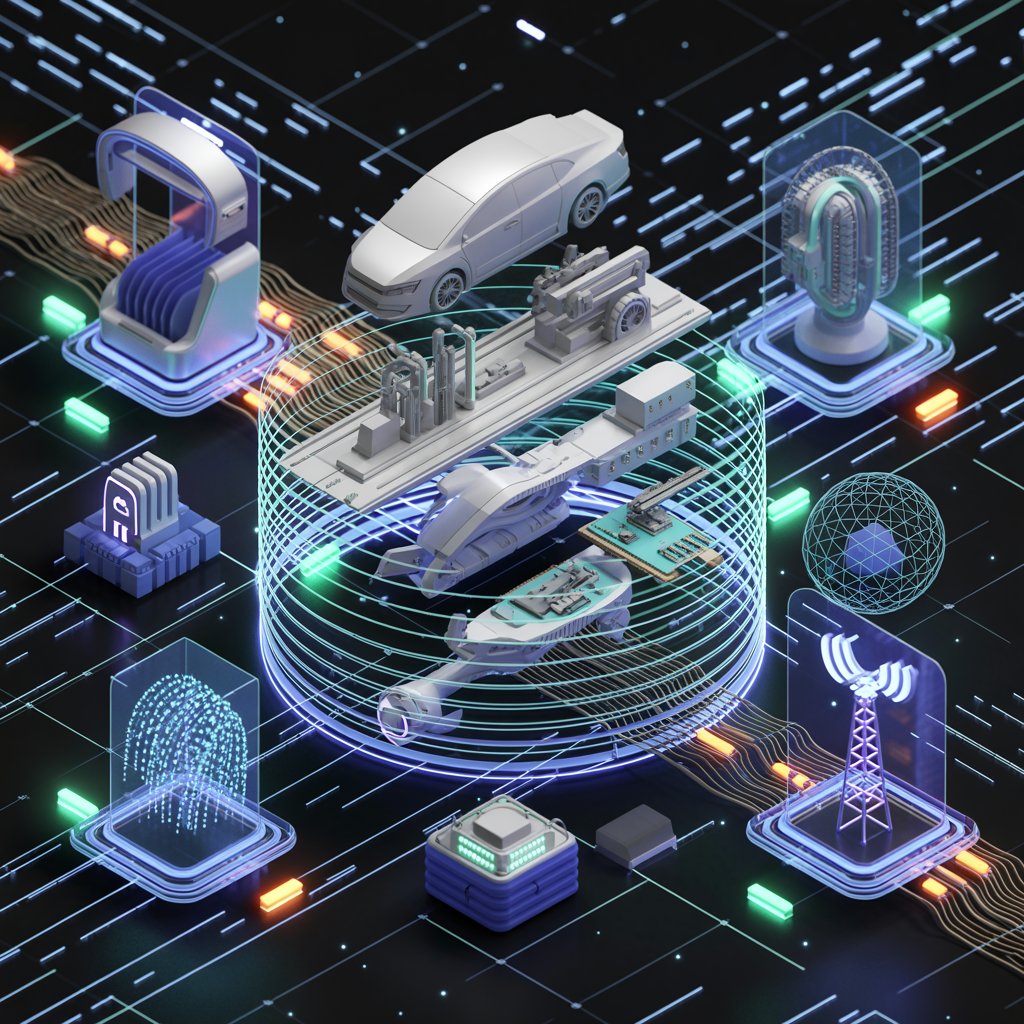As industries around the world accelerate their digital transformation journeys, the Industrial Metaverse is emerging as the central force driving this evolution. By integrating digital twins, extended reality (XR), artificial intelligence (AI), Internet of Things (IoT), and advanced data analytics, the Industrial Metaverse is reshaping how factories, supply chains, and engineering processes operate. The vision for 2029 is one of complete digital-physical convergence—where every industrial process, asset, and operation is mirrored, optimized, and enhanced through immersive digital environments. This transformation marks a fundamental shift from traditional automation toward a fully connected, intelligent, and adaptive industrial ecosystem.
Download PDF Brochure @ https://www.marketsandmarkets.com/pdfdownloadNew.asp?id=156427935

Defining the Industrial Metaverse in the Digital Era
The Industrial Metaverse represents the next phase of industrial digitalization, extending beyond Industry 4.0. While Industry 4.0 focused on connectivity and automation, the Industrial Metaverse introduces immersive interactivity, simulation, and real-time collaboration. It allows industries to design, operate, and optimize their systems in virtual environments that perfectly replicate real-world conditions. Through digital twins, businesses can monitor equipment performance, predict failures, and simulate production processes with unprecedented accuracy. This holistic, data-driven approach is laying the foundation for a smarter, more resilient industrial future.
The 2029 Vision: A Fully Converged Industrial Ecosystem
By 2029, the Industrial Metaverse is expected to become the central hub of digital industrial transformation. The integration of AI-driven analytics, edge computing, and 5G networks will enable industries to operate in real time, making data-driven decisions instantaneously. Factories will evolve into intelligent, self-optimizing environments where digital twins monitor every machine and process continuously. Supply chains will become fully transparent and predictive, responding dynamically to market shifts, disruptions, and demand fluctuations. The industrial world will no longer rely solely on human observation or isolated systems; instead, it will operate as a unified, digital ecosystem guided by intelligent automation and immersive collaboration.
Empowering Industrial Operations Through Digital Twins
Digital twin technology is the backbone of the Industrial Metaverse and a key enabler of digital industrial transformation. These virtual replicas of physical assets and systems allow engineers and operators to test new designs, monitor performance, and predict maintenance requirements without disrupting real-world operations. By 2029, the use of digital twins will extend beyond individual machines to encompass entire factories, distribution networks, and energy grids. This level of digital visibility will empower organizations to optimize efficiency, minimize waste, and improve sustainability across all stages of production.
Inquiry Before Buying @ https://www.marketsandmarkets.com/Enquiry_Before_BuyingNew.asp?id=156427935

AI, XR, and IoT: Building Blocks of Industrial Immersion
The convergence of AI, extended reality, and IoT is creating a truly immersive industrial environment where humans and machines collaborate seamlessly. AI algorithms analyze massive datasets generated by IoT sensors, providing actionable insights that enhance operational efficiency and reduce downtime. XR technologies, including augmented and virtual reality, enable real-time collaboration, remote inspections, and virtual training. By 2029, engineers will be able to design complex machinery, conduct quality inspections, and troubleshoot systems entirely within the metaverse, supported by AI-powered virtual assistants and autonomous systems. This shift will redefine industrial productivity and workforce empowerment.
Edge Computing and 5G: Powering Real-Time Industrial Intelligence
The ability of the Industrial Metaverse to function in real time depends heavily on edge computing and 5G connectivity. Edge computing brings computational power closer to the source of data generation, reducing latency and enabling instantaneous decision-making. At the same time, 5G networks provide ultra-fast, reliable communication between devices, machines, and digital platforms. Together, these technologies ensure that industrial systems within the metaverse remain responsive, synchronized, and secure. By 2029, edge-enabled smart factories will harness these capabilities to manage complex operations autonomously and maintain seamless interaction between the physical and digital worlds.
Workforce Transformation in the Industrial Metaverse
As the Industrial Metaverse evolves, it is also redefining the industrial workforce. Traditional roles are being transformed as virtual collaboration, immersive training, and digital skill-building become integral to industrial operations. Workers are now able to train in risk-free virtual environments, interact with AI-driven digital mentors, and operate machinery remotely using XR interfaces. This digital empowerment enhances safety, accelerates learning, and enables the workforce to adapt to the demands of next-generation manufacturing. By 2029, organizations that invest in metaverse-based workforce development will cultivate more agile, skilled, and innovative teams capable of driving continuous improvement.
Sustainability and the Digital-Physical Balance
The Industrial Metaverse is not only about efficiency and automation—it is also a powerful enabler of sustainability. Virtual modeling and simulation allow industries to reduce material waste, lower energy consumption, and design more sustainable production processes. Real-time data monitoring enables predictive maintenance and optimal resource utilization. As global industries strive to meet sustainability targets by 2029, the metaverse will play a pivotal role in achieving carbon-neutral operations and circular economy models. The convergence of digital intelligence and environmental responsibility will define the next phase of industrial progress.
View detailed Table of Content here – https://www.marketsandmarkets.com/Market-Reports/industrial-metaverse-market-156427935.html


The Road Ahead: Industrial Metaverse as the Core of Transformation
By 2029, the Industrial Metaverse will stand at the heart of digital industrial transformation, connecting people, processes, and technology in ways never before possible. It will act as the central nervous system of modern industry, driving innovation, resilience, and competitiveness. Companies that embrace the Industrial Metaverse early will gain strategic advantages through improved agility, reduced costs, and enhanced decision-making.
The journey to 2029 represents more than a technological upgrade—it signifies a paradigm shift in how industries operate and evolve. The Industrial Metaverse is not a distant concept; it is the reality of the next industrial revolution, uniting the digital and physical worlds into a single, intelligent, and collaborative ecosystem. As industries continue down this path, the Industrial Metaverse will serve as the core foundation of a new industrial era—one defined by connectivity, creativity, and continuous transformation.

